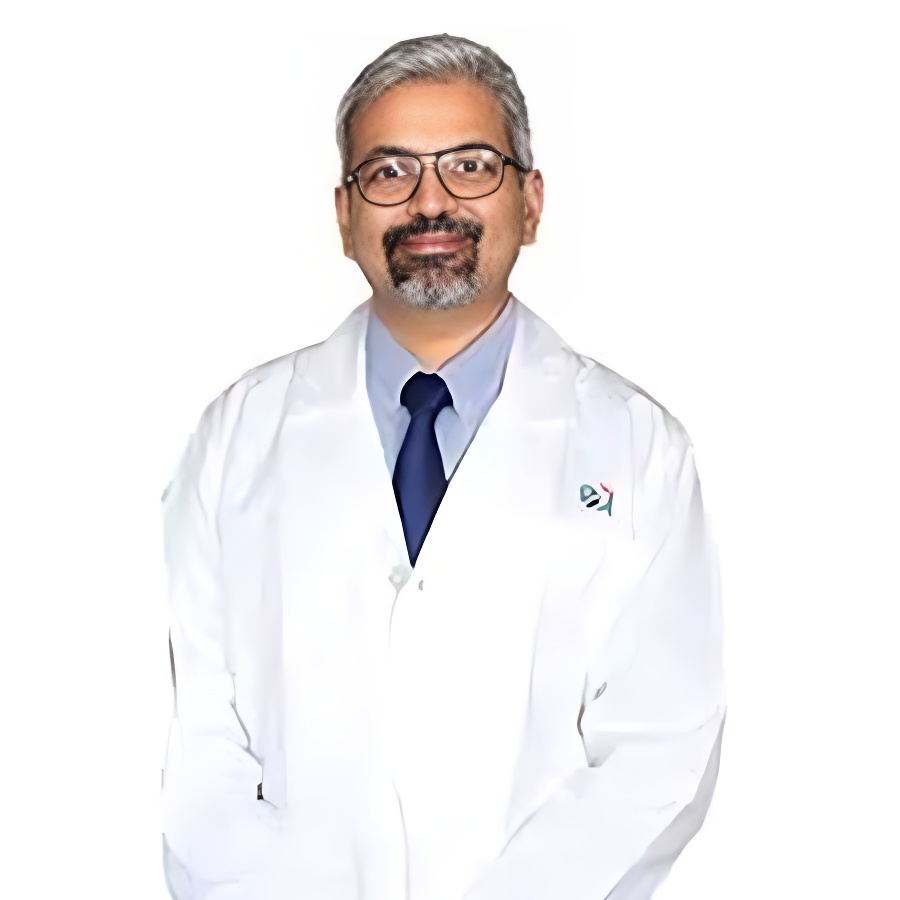- 518
- 5
TAVR: Innovative Techniques
Delve into the complexities of transcatheter aortic valve replacement (TAVR), a widely accepted treatment modality for intermediate and high surgical risk patients with symptomatic severe calcific aortic stenosis. Explore a distinctive case study involving a 78-year-old female with critical tripleSee More
About the Speaker
Dr. Rahul Gupta
Interventional Cardiologist, Apollo Hospitals, Mumbai
Dr. Rahul Gupta
Interventional Cardiologist, Apollo Hospitals, Mumbai



